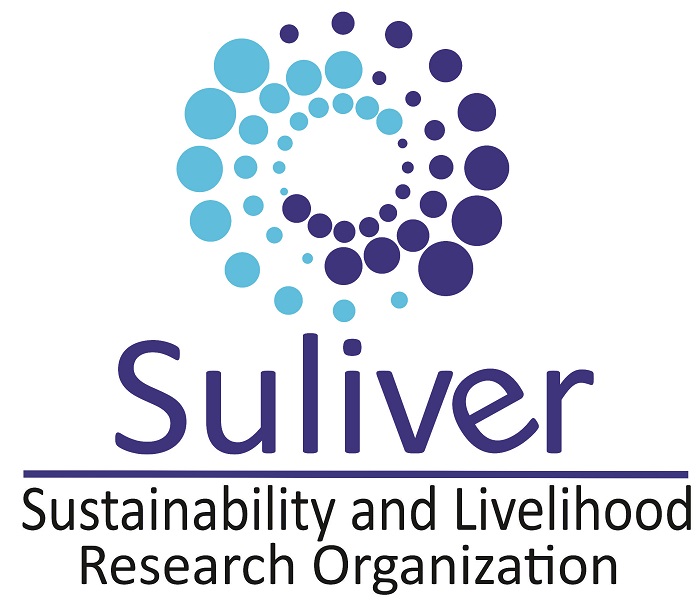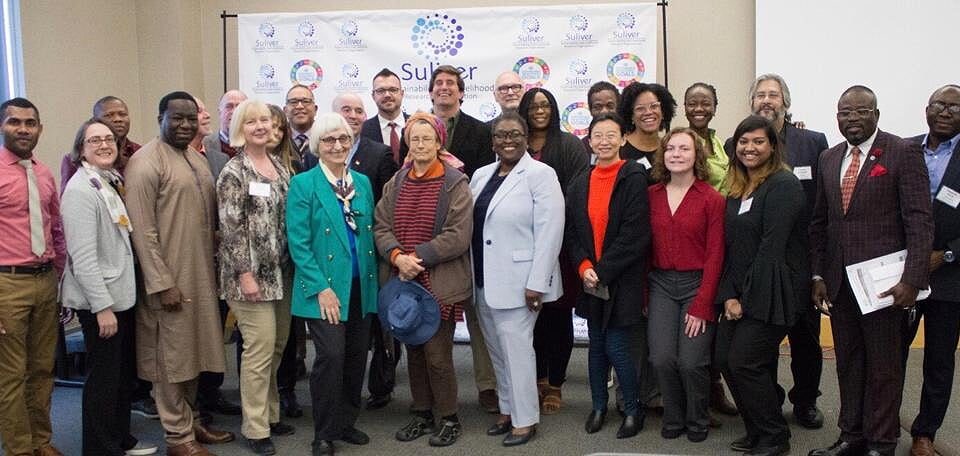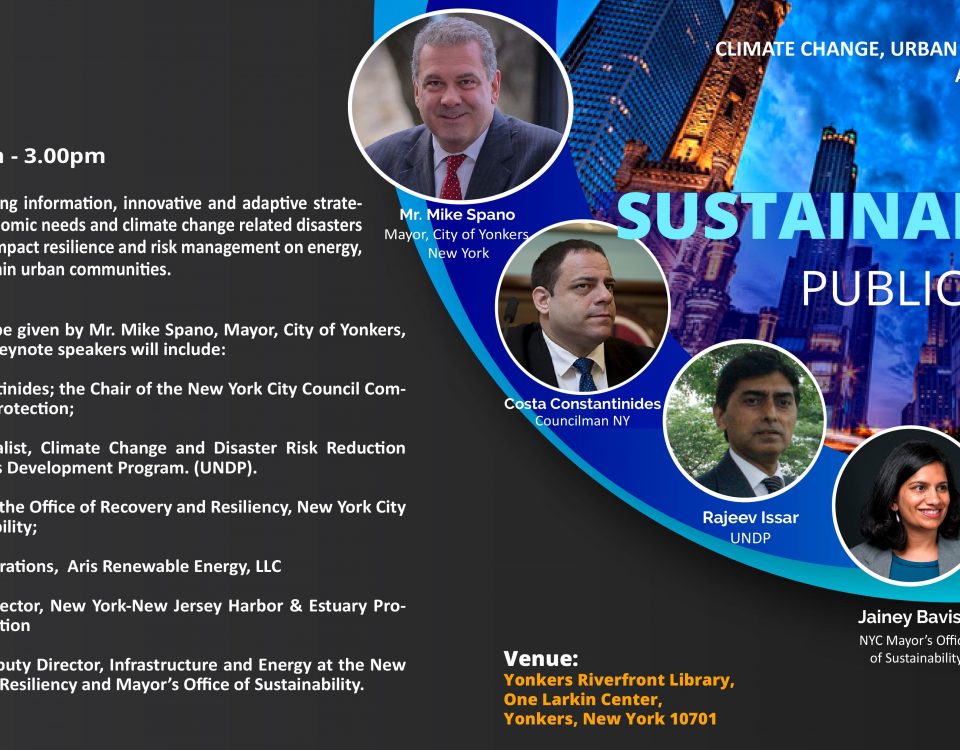
Graphene- The Tougest Innovation in Town
February 1, 2017
Aligning economic growth and sustainable development
February 6, 2017
.
Improving Access to clean water for all

A study by the World Bank Group, UNICEF and the World Health Organization estimates Worldwide, more than 2 million people die every year from diarrhea diseases. Around 1.8 billion people globally use a source of drinking water that is focally contaminated. Some 2.4 billion people lack access to basic sanitation services, such as toilets or latrines. Poor hygiene and unsafe water are responsible for nearly 90 per cent of these deaths and mostly affect children. The economic impact of not investing in water and sanitation costs 4.3 per cent of sub-Saharan African GDP. For instace in Asia, the World Bank estimates that 6.4 per cent of India’s GDP is lost due to adverse economic impacts and costs of inadequate sanitation, tghis is a country with population running into billions. Water scarcity affects more than 40% of global population and is projected to rise. More than 80 per cent of waste water from human activities is discharged into rivers or sea without any treatment, leading to massive pollution.
Clean water and sanitation is a key foundation for achieving the Sustainable Development Goals, including good health and gender equality. By sustainably managing water, we are better able to manage our production of food and energy and contribute to decent work and economic growth. Also, preservation of water ecosystems, their biodiversity, and take action on climate change is sure. Adequate infrastructure and management is required to better sustain and avert the death of millions of people.
Civil society organizations will need towork hard to keep governments accountable, invest in water research and development, and promote women inclusion, youth and indigenous communities in water resources governance. Generating awareness of these roles and turning them into action will significantly result in increased sustainability and integrity for both human and ecological systems. More international cooperation is also needed to encourage water efficiency and support treatment technologies in developing countries.




